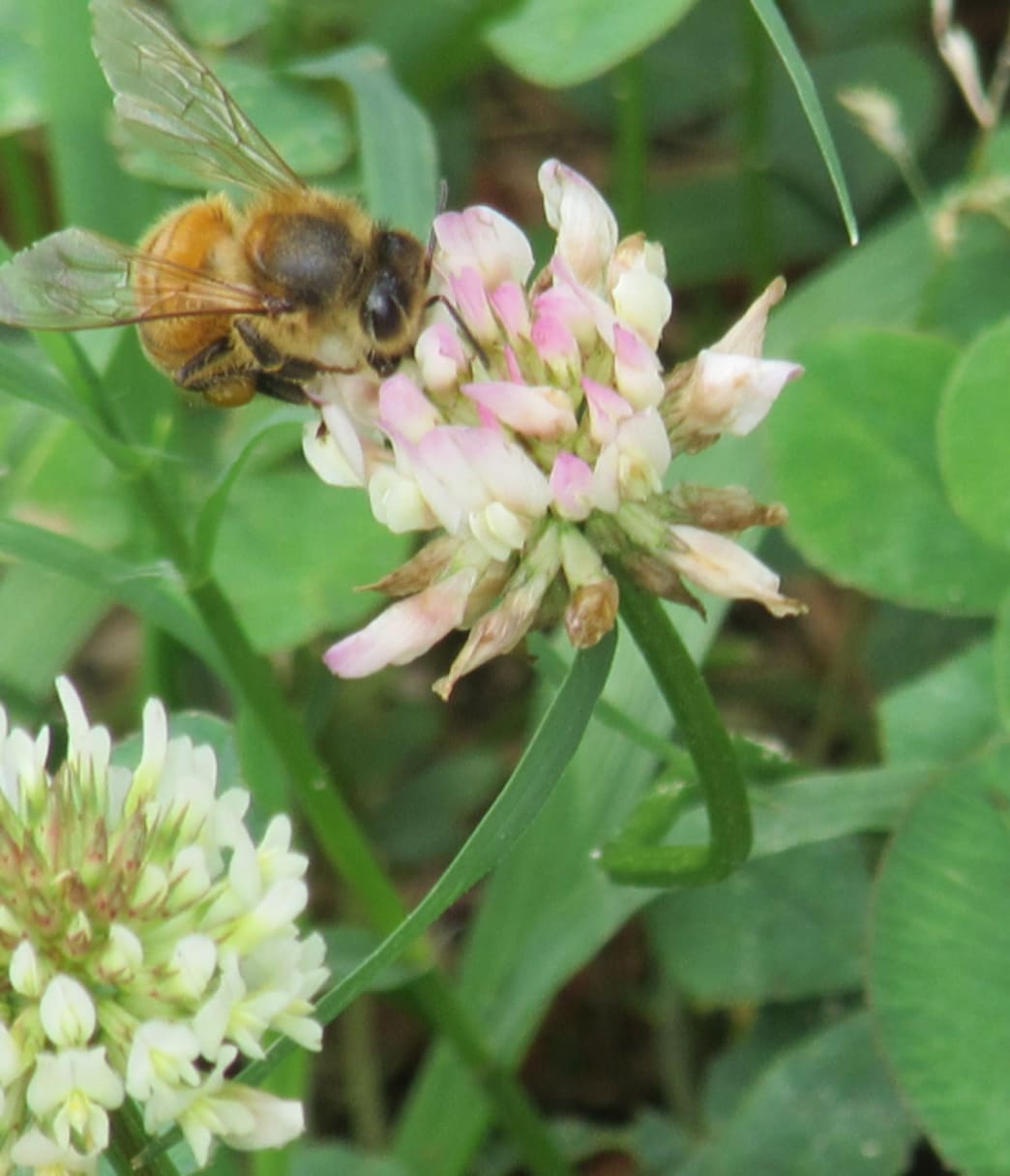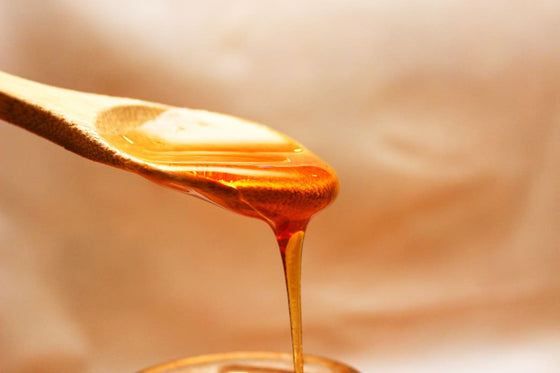Honeybees have been working their alchemical magic for more than 8,000 years, transforming flower nectar into the sweetness that is honey. Since ancient times, that syrupy goodness has been used for culinary, medicinal, and spiritual purposes across a broad swath of cultures worldwide.
But there is another aspect to the bee's industrious existence that is less well-known to most of us and far more important-the pollination of fruits and vegetables that occurs as they wend their way from blossom to bloom across the landscape. The USDA estimates that "about one mouthful in three in our diet directly or indirectly benefits from honey bee pollination." That's a staggering figure. It is also noted that "higher fruit set, larger fruit, uniformly shaped fruit, and better taste are all indications of successful pollination."
Some crops, such as almonds, are wholly dependent upon honeybees, and there is a long list of everyday produce that is reliant upon honeybee hives, which are trucked from orchard to field in every corner of the land to provide pollination services worth many millions of dollars.
Bee Colony Concerns
Enter the villain: CCD, or Colony Collapse Disorder. As delineated by the EPA, this is "the phenomenon that occurs when the majority of worker bees in a colony disappear and leave behind a queen, plenty of food, and a few nurse bees to care for the remaining immature bees and the queen," resulting in the death of the colony. Since CCD was first described in 2006, beekeepers have reported an alarming rate of attrition throughout North America, and globally as well. In some seasons and in certain areas, losses have reached up to 90 percent within a matter of weeks.
Research is intense and ongoing, and at this point seems to indicate that there is no one cause, but rather an accumulation of factors that interact. Currently, the principal culprits are thought to be: pathogens such as viruses and bacteria; parasites, particularly varroa mites; management stressors, including overcrowding and migratory stress; and environmental stressors, especially exposure to neonicotinoid pesticides.
Saving Bees: How to Help
It's hard to predict long-term consequences of a reduction in the bee population, but certainly higher food costs resulting from reduced harvests is a possibility. Beyond that, there are larger environmental concerns: honeybees are "biological indicators," one of many barometers of a healthy environment. So any disturbance in their life cycle may be a symptom of a larger issue. As with all such indicators, vigilance is crucial. So what can we do?
-Be aware, be concerned, and educate yourself.
-Buy organic, to help reduce pesticide use.
*-If you have a yard, eschew pesticides and plant pollinator-friendly plants such as red clover and bee balm. *
*-Buy local and single-producer honey to support small-scale beekeepers in your own community and elsewhere. *
-And don‘t forget to enjoy the golden sweetness that millions of worker bees toiled so mightily to create from their travels.
Written by Neil for Better Nutrition and legally licensed through the Matcha publisher network. Please direct all licensing questions to legal@getmatcha.com.
gvhoney.com



